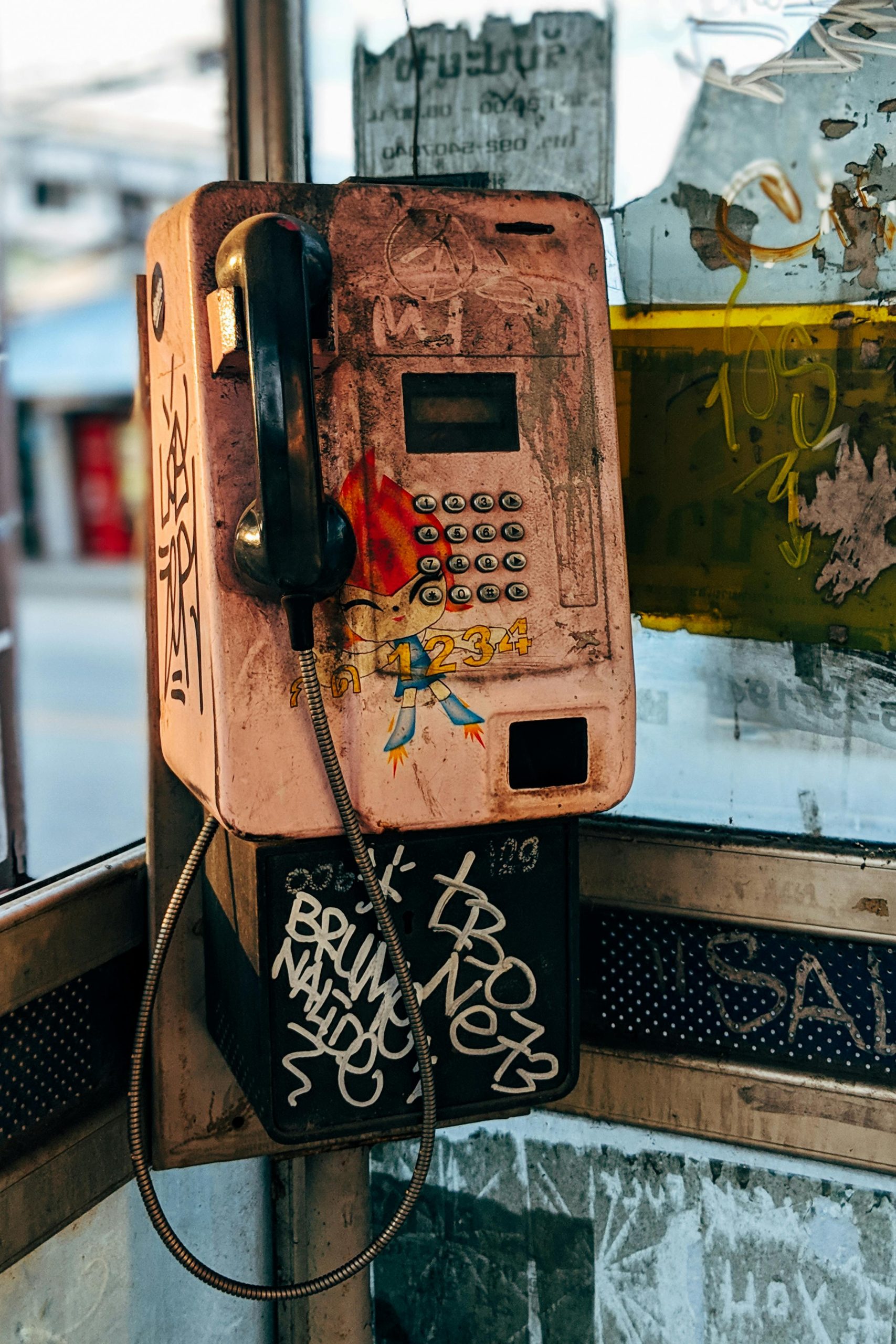Addressing Malware Concerns on Your Loved One’s Smartphone: A Cautionary Tale
Over the past few weeks, I’ve been facing a troubling situation with my mother’s smartphone that I felt compelled to share. Recently, I became increasingly suspicious that her device may be infected with malware. Here’s how it unfolded and what steps we took to resolve the issue.
While using her laptop yesterday, I decided to check her internet browsing history for a project I was working on. To my astonishment, I discovered numerous visits to adult websites that seemed to be linked to her phone. Initially, I assumed she must have been exploring this content herself, but she was quite adamant about her innocence. Given her open attitude towards such topics, lying seemed out of character.
What further raised my suspicions was her behavior with her phone. Just moments prior, she had placed it down in the kitchen after researching something harmless. When she picked it up again, the phone was unexpectedly on and playing a pornographic ad. To make matters worse, her recent Google searches included a query for “soft porn.”
Additionally, she expressed her frustration about her phone’s functionality. When switching between applications, she often ended up on a pop-up advertisement instead of the intended app. This led me to believe that her device may have been compromised, possibly due to her unguarded approach to downloads.
Concerned for her digital security, I considered a factory reset. However, my mother was understandably hesitant about this drastic step, as she has numerous files and applications that she doesn’t want to lose.
For context, she owns an Android device, specifically the LG V60 ThinQ. I noticed that most of the troubling pop-up ads originated from Chrome, resulting in her accumulating over 99 open tabs—an overwhelming situation that prompted me to clear them and her browsing history.
Seeking Solutions
Grateful for the feedback I received from the community, I encouraged my mother to consult with a professional. Thankfully, she took the necessary steps to reach out to tech support, which quickly identified the issue. It turned out that she had unknowingly downloaded malware from a fraudulent email masquerading as the company Credit Karma. The tech support team rectified the situation within minutes, and since then, she has been free of any issues.
Final Thoughts
This experience serves as a reminder of the importance of digital vigilance, particularly for those who may not be as tech-savvy. If you suspect that someone you care about has encountered malware
Share this content:




Important Steps to Detect and Remove Malware from an Android Device